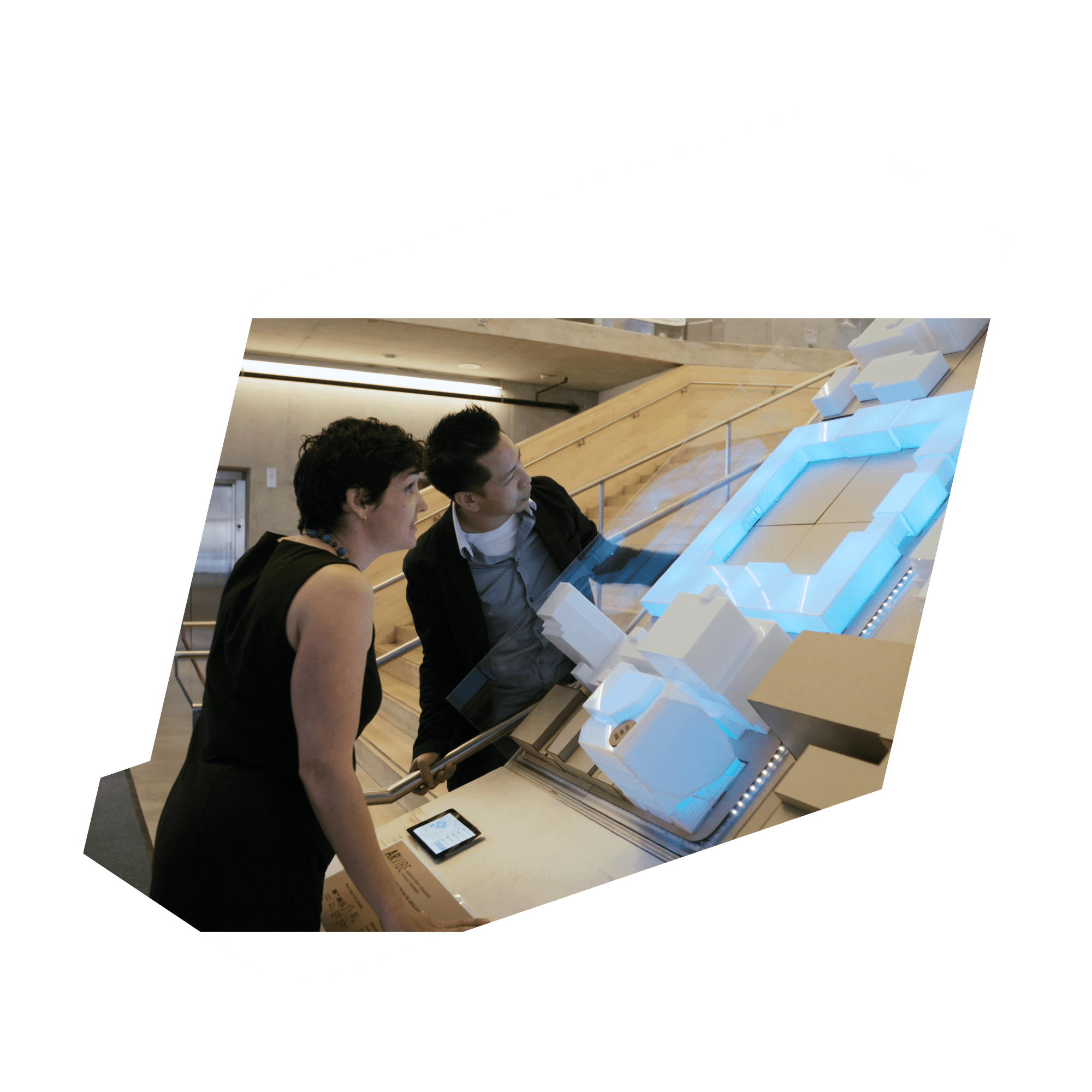Toronto has more than 2400 publicly owned laneways, covering more than 250 linear kilometres of public space, but lacks policy dictating their use.
Making Aging Cities Smarter
While computer engineers and scientists have expertise in cloud computing and can manage large data sets, not all understand the broader context of building performance. On the other hand, building management companies and utilities collect enormous data about their assets but lack the expertise to develop analytics to inform operational decision making. The natural evolution is to combine the best of both through predictive analytics that the data and insights to improve building energy use and set us on the path towards smarter cities.

We can now take data about building use — circulation patterns, opening and closing of windows, or the amount of water used — and, instead of it appearing only as a cost on your water or energy bill, we can highlight places in a physical building that consume the most energy and make improvements
